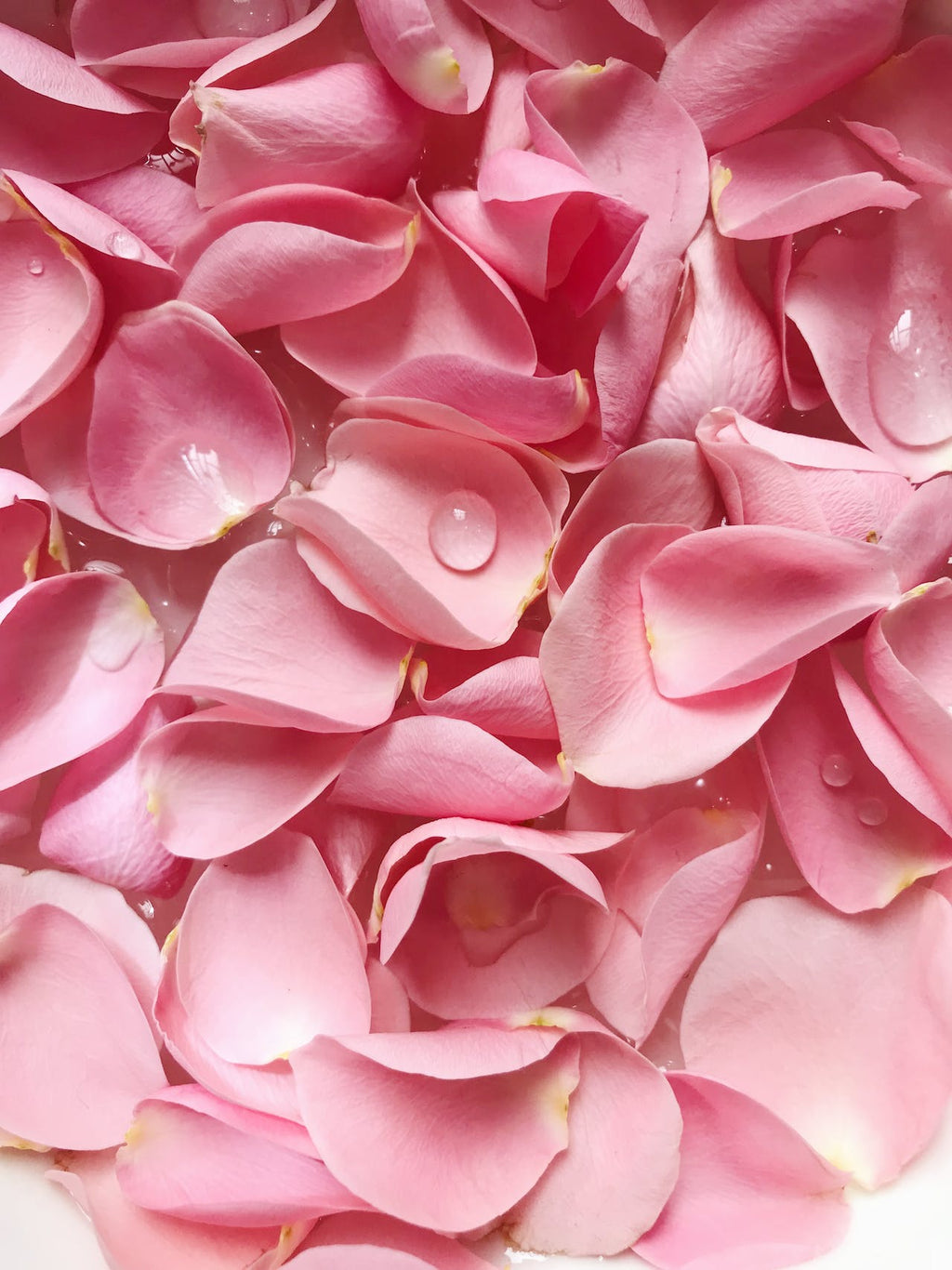Perfumes have the power to transport us to different places and evoke a range of emotions. Have you ever wondered how these captivating scents are created? One of the key ingredients in perfumery is flowers. In this guide, Flowerbee explores the fascinating world of floral notes and how they are used to craft exquisite fragrances.
What makes flowers ideal for perfumery?
Flowers are a treasure trove of aromatic compounds. These compounds, known as essential oils, are responsible for the unique scents emitted by flowers. They are extracted through various methods such as steam distillation, solvent extraction, or enfleurage. Each flower possesses its own distinct aroma, making it a valuable ingredient in perfumery.
Popular floral notes in perfumery
1. Rose: The queen of flowers, rose is a classic choice for perfumers. Its rich, velvety scent adds a touch of elegance and romance to any fragrance.
2. Jasmine: Known for its intoxicating aroma, jasmine is often referred to as the "king of flowers." Its sweet and floral scent is widely used in perfumes.
3. Lavender: With its calming and soothing properties, lavender is a popular choice in perfumery. Its fresh, herbaceous scent adds a touch of tranquility to fragrances.
4. Lily of the Valley: This delicate flower exudes a fresh and green fragrance. Its light and airy scent is often used to create a sense of innocence and purity.
5. Ylang-ylang: Originating from the tropical regions of Asia, ylang-ylang has a sweet and exotic aroma. Its floral and fruity notes add a touch of sensuality to perfumes.
The art of blending floral notes
Creating a well-balanced perfume requires skillful blending of different floral notes. Perfumers carefully select flowers that complement each other to achieve the desired scent. They consider factors such as the intensity, longevity, and volatility of each floral note to create a harmonious composition.
Floral families in perfumery
In perfumery, flowers are categorized into different families based on their olfactory characteristics. Some common floral families include:
1. Floral: This family includes flowers like rose, jasmine, and ylang-ylang. Fragrances from this family are often feminine and romantic.
2. Chypre: Chypre fragrances combine floral notes with earthy and woody elements. They often feature flowers like patchouli and oakmoss.
3. Oriental: Oriental fragrances are rich and exotic, often featuring flowers like orchid, vanilla, and spices.
4. Fruity Floral: This family combines floral notes with fruity accords, creating vibrant and youthful fragrances.
Flowers play a crucial role in the art of perfumery. Their unique scents and aromatic compounds add depth, complexity, and beauty to fragrances. Whether it's the romantic allure of roses or the exotic charm of jasmine, floral notes have the power to captivate our senses and create unforgettable olfactory experiences.
Next time you spritz on your favorite perfume, take a moment to appreciate the artistry behind it and the flowers that make it truly special.



